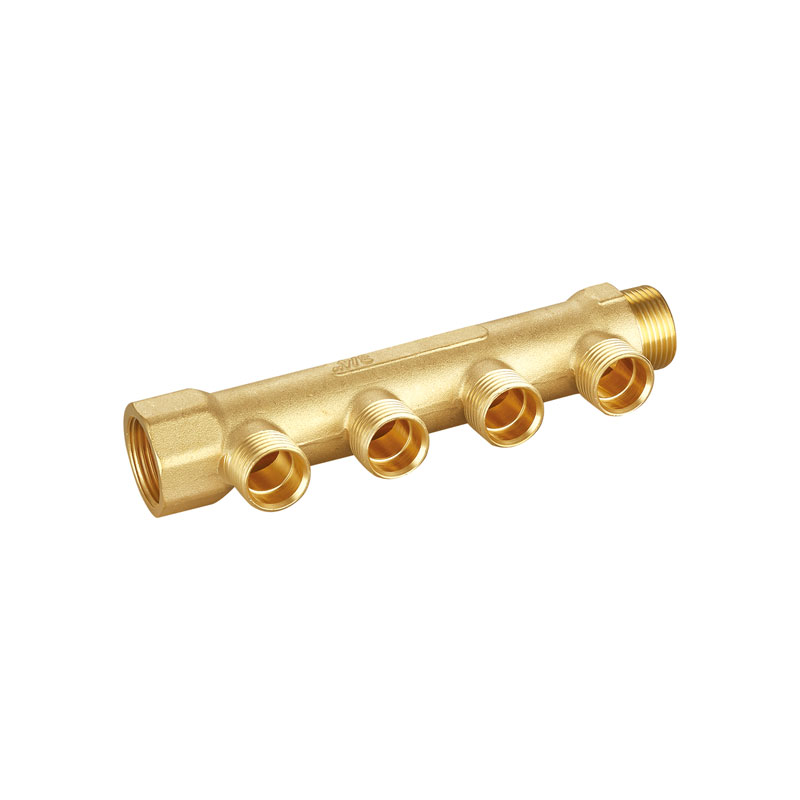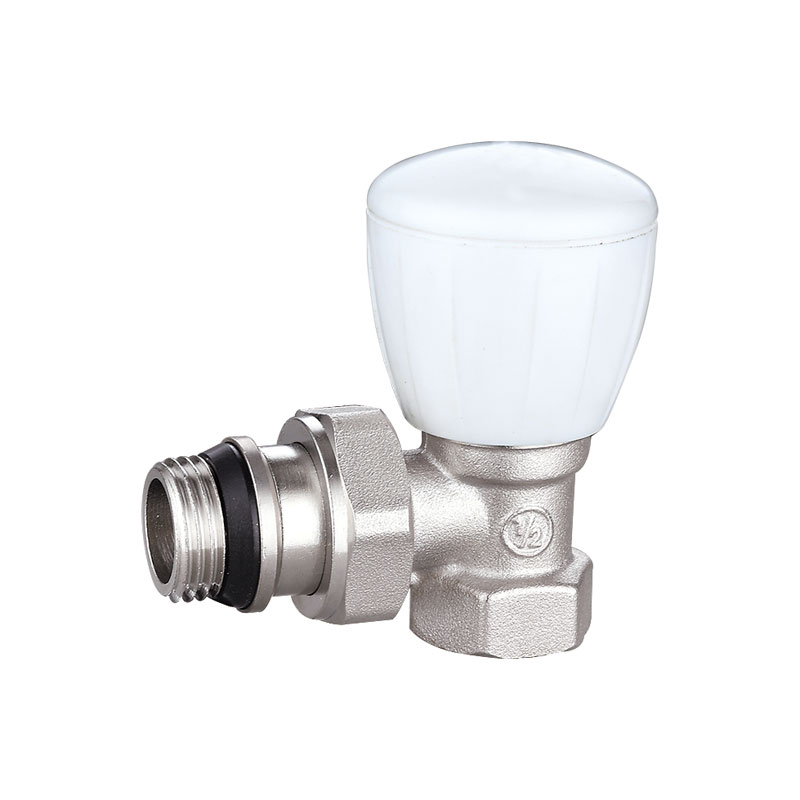In the intricate realm of industrial processes and machinery, a silent guardian plays a crucial role in maintaining safety and preventing catastrophic failures—the Brass Safety Valve. This essential component is redefining the standards for pressure relief, offering a combination of reliability, durability, and precision. As industries continue to grapple with the challenges of managing high-pressure systems, the brass safety valve emerges as a key player, safeguarding operations and personnel in various sectors.
The safety valve is a critical component in systems where pressure buildup poses a potential risk. Traditionally crafted from materials like stainless steel or cast iron, the integration of brass into safety valve design brings about unique advantages that contribute to enhanced performance and longevity.
At the core of the brass safety valve's appeal is its material composition. Brass, an alloy of copper and zinc, exhibits a remarkable combination of properties that make it well-suited for pressure relief applications. Its inherent corrosion resistance, thermal conductivity, and malleability contribute to a valve that can withstand the demanding conditions of high-pressure systems.
One of the key attributes that set the brass safety valve apart is its corrosion resistance. High-pressure systems often involve the handling of corrosive fluids, and traditional materials may succumb to the corrosive effects over time. Brass, however, proves to be highly resistant to corrosion, ensuring that the safety valve maintains its structural integrity and functionality even in challenging environments. This resistance is critical for preventing leaks and maintaining the reliability of the safety valve over extended periods.
Thermal stability is another standout feature of the brass safety valve. In systems where pressure and temperature fluctuations are common, the valve must endure a range of thermal stresses. Brass, with its excellent thermal conductivity, effectively dissipates heat, preventing the valve from overheating and ensuring consistent performance. This property is vital for maintaining the safety valve's functionality in demanding industrial settings.
The durability of the brass safety valve plays a pivotal role in its ability to provide long-term protection. The intense pressures experienced in industrial processes can take a toll on materials, leading to wear and fatigue. Brass, known for its durability and strength, ensures that the safety valve can endure these pressures without compromising its integrity. This durability not only minimizes the need for frequent replacements but also contributes to the overall reliability of the industrial system.
Precision in pressure relief is a key attribute of the brass safety valve. Engineered to open at a specific pressure threshold, the valve releases excess pressure, preventing potential equipment damage and ensuring the safety of personnel. The precision in the valve's response is crucial for maintaining optimal operating conditions and preventing the catastrophic consequences of over-pressurization.
The adaptability of the brass safety valve to diverse industrial applications underscores its versatility. Whether in steam boilers, pressure vessels, or other high-pressure systems, the brass safety valve's compatibility with different fluids and environments makes it a reliable choice for a broad range of industries. Its ability to handle various pressures and temperatures contributes to its widespread adoption in sectors such as manufacturing, petrochemicals, and energy production.
Environmental sustainability is a consideration even in the design and application of safety valves. The brass safety valve aligns with sustainable practices by virtue of its durability and resistance to corrosion. The extended service life of the valve contributes to reduced waste and resource consumption, supporting industries in their efforts to minimize their environmental footprint.
Installation and maintenance of the brass safety valve are designed to be straightforward, ensuring ease of use for operators and maintenance personnel. The valve's compatibility with standard industrial processes facilitates seamless integration into existing systems, minimizing downtime and operational disruptions.
Looking ahead, the future of safety valve technology holds exciting possibilities. Ongoing research and development efforts are likely to focus on refining the properties of brass, exploring advanced manufacturing techniques, and incorporating smart technologies for real-time monitoring and optimization of pressure relief. The goal is to continue improving the precision, reliability, and safety features of safety valves in the evolving landscape of industrial processes.

 languages
languages

 English
English русский
русский












